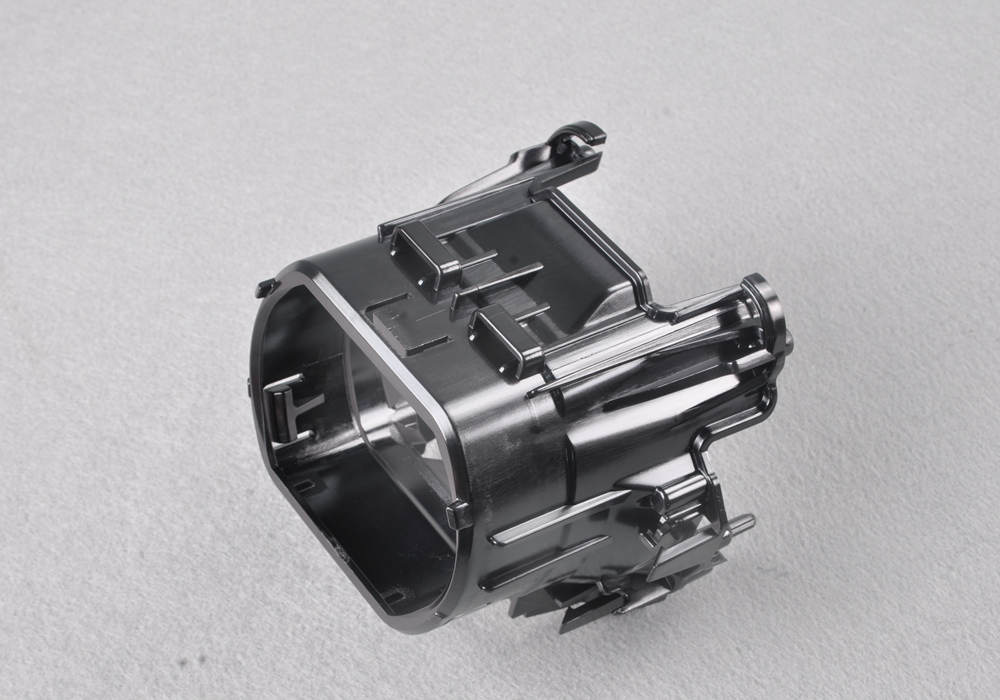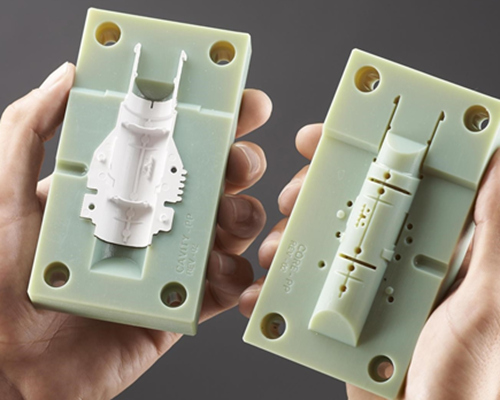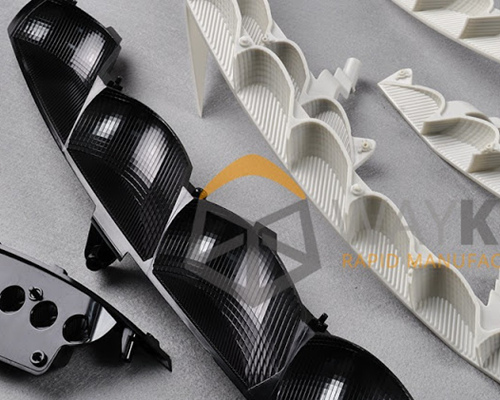Engineers use the rapid injection molding (RIM) process to quickly produce parts and prototypes for design analysis. It is incredibly efficient yet is simple and reliable for a certain number of components and material types. Here is an overview of the RIM process.

What Is Rapid Injection Molding?
RIM is a quicker version of conventional injection molding. It is an integral part of product research and development processes and a bridge to production for making test parts. This process uses CAD models and cost-effective rapid injection mold tooling to help engineers develop the proper production mold. They typically use machined aluminum as mold tooling and plastic resins of materials.
 Advantages of Rapid Molding over Alternatives
Advantages of Rapid Molding over Alternatives
Rapid plastic injection molding is a versatile method that has several benefits over other production processes. It is quick yet can produce sturdy and complex parts with few techniques and waste. Let us elaborate on these benefits of rapid molding.
Quick Lead Time
Research and development engineers enjoy the quick process of making molds and the short cycle time for each batch. By taking advantage of fast CNC machining and aluminum’s easy machinability, it only needs days or weeks instead of months to complete a single order of rapid molded prototype parts.
Complex and Consistent Part Design
Using CNC machining to create mold cavities, RIM can produce complex parts and features. It also offers uniformity, giving the ability to create thousands of virtually identical pieces. RIM can make a bridge to mass production after a few modifications, such as tooling material and design.
Strength and Flexibility
RIM can offer the proper balance between strength and flexibility using a single material. The designer can use ribs, gussets, and material selection to control rigidity or flexibility. An excellent RIM product can even satisfy the end user’s requirements with only a few adjustments.
Choices for Material and Color
There are almost endless possibilities for choosing the right material and color for your RIM project. Material properties such as strength, flexibility, resistance, and water absorption also help RIM users choose the suitable resin, minimizing their product or prototype drawbacks.
Low Material Waste
Injection molding can match the low scrap rate of additive manufacturing, such as 3D printing. RIM only uses limited amounts of materials, so only these four areas generate resin waste: sprue, runners, gates, and flash. The molding factory can recycle or reuse the aluminum tooling after its use.
Low Labor Costs
RIM doesn’t require complex processes, thanks to its reduced requirements. A single CNC machining process and a few molding batches can perform RIM. These quick processes don’t need much supervision to produce the required output.
Common Applications of RIM
Rapid molding is a cost-effective shortcut of conventional molding, which the main differences are lead times and tooling materials. Have a look at these cost-effective applications of rapid injection molding prototyping.
- Rapid prototype iteration
- Product development testing
- Bridge tooling implementation
- Low volume production for on-demand parts
- Managing volatile part demands
What Are Your Material Choices for RIM?
Rapid plastic injection molding companies offer a wide array of material choices for parts and prototypes. Manufacturers often provide detailed online data to describe the resin’s physical and chemical properties. Have a look at typical commodity and engineering resins available for rapid molding.
Commodity Resins
These low cost RIM resins are typically chemical resistant, and can serve end-users without health and safety issues. Examples are polypropylene, which makes good living hinges after molding, and polyethylene, which some types make good plastic bottles.
Engineering Resins
Typical engineering resins available for RIM are nylon, acetal, polycarbonate, and ABS. Their strength and impact resistance makes them optimum for molding prototypes. Keep in mind that they have respective drawbacks such as susceptibility to sink, water absorption or chemical stress cracking.
Basic Design Tips for Rapid Injection Molding
RIM, like other molding processes, has several critical considerations for optimization. Following the correct procedures will ensure quality and repeatability with the least possible waste. Have a look at these considerations to guide you in designing rapid tooling for plastic injection molding.
Part Features for Tool Design
These general guidelines will help you provide a good RIM feature designs:
- Wall thickness: It is the most crucial design requirement for your molded parts. The general rule for wall thickness is between 080 to 0.160 in (2 to 4mm).
- Core geometry: Cored out parts will get you the same functions and provide benefits such as increased strength and reduced materials.
- Ramps: Reduced sharp transitions optimize the flow of molten resin.
- Ribs: Designing ribs around 50-60% wall thickness prevents sink.
- Draft: Sloped vertical walls make your part easy to eject without drag marks or punch marks, reducing damages and rejects.
- Other functional mold features: Undercuts, side actions, tab gates, and steel core pins are a few of several functional mold features that will help you create a good RIM design tooling design.
- Shrinkage and machining tolerances: For aluminum tooling mold, the typical machining tolerance is around 0.0045in (0.11mm), and shrink tolerance of plastics plays around 0.002 to 0.025in (0.050 to 0.635mm) depending on the material.
Cost Analysis
Shortening the lead time can increase manufacturing costs. Analysis will help you find the optimum balance for your RIM project. Comparing material costs, labor hours, tool design, machining processes, and other considerations can balance cost and speed.
Colorants And Additives
Adding colors and other materials aside from your resin will help improve the performance of your RIM prototype. Additives such as engineering fibers, UV inhibitors, and treatments can drastically improve the physical properties by slightly increasing the material costs.
Contact Your Rapid Molding Experts Today
If you need fabrication for your rapid injection mold tooling design, having a chat with our experts will help you analyze the project. Here at Wayken, we can help you know more about how your rapid molding project comes to life. We are happy to entertain your questions and provide you high-quality products regarding injection molding for your rapid prototyping project.




